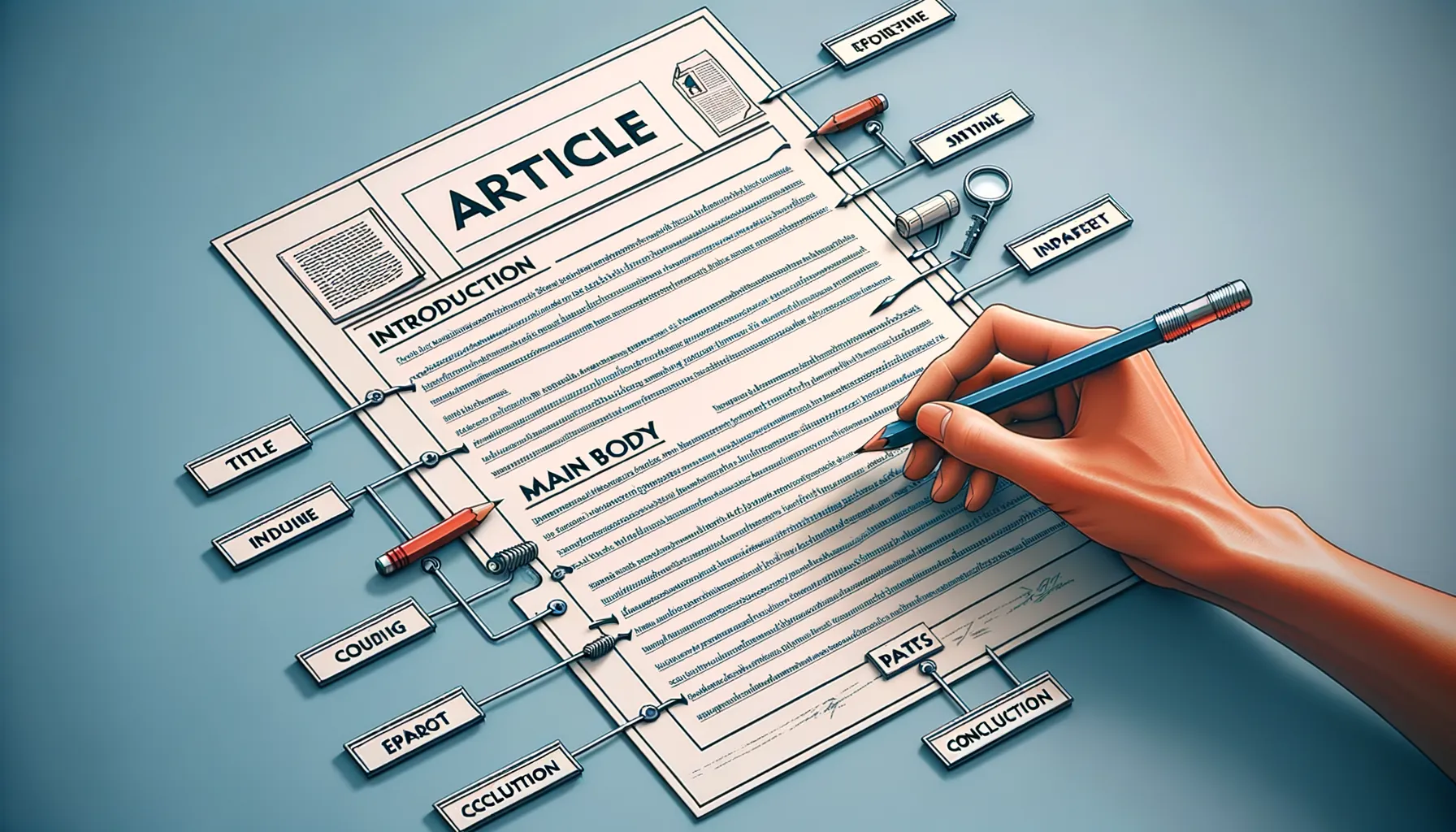Criteria for Evaluating Information Sources
How to Spot Reliable Sources in a Sea of Information
Every day, we’re bombarded with a tsunami of content, but how do we sift through the noise and find the gems? Choosing a credible source isn’t just an academic exercise—it’s your shield against misinformation. Think of it like picking fruit; just because it’s shiny doesn’t mean it’s ripe.
Start by looking at the author: who’s behind the curtain? A trustworthy piece typically has a writer or organization with solid credentials. If you wouldn’t trust their advice on fixing your car, should you trust their views on climate change?
And oh, let’s not forget dates! Using outdated info is like showing up to a party wearing last year’s trends—you’ll just feel off. Always check if the article is current or at least relevant to your needs today.
- Authority: Is the author an expert? Credentials matter!
- Bias Check: Is the source objective, or does it scream hidden agenda?
- References: Do they back claims with verifiable sources?
It’s all about peeling back the layers and asking, “Can I really trust this?”
Top Web Pages for Specific Topics

Uncovering Gems for Your Interests
Finding the best web pages for specific topics can feel like panning for gold – there’s a lot of sand, but the nuggets shine when you know what to look for. Whether you’re researching the latest in tech, diving into health advice, or chasing travel inspiration, the right page can turn curiosity into clarity.
Picture this: You’re Googling “best running shoes for beginners,” and instead of a dozen bland lists, you stumble upon a passionate runner’s blog sharing personal stories, testing results, and even quirky tips like how to avoid that dreaded “new-shoe blister”. These are the kinds of pages that stick with us because they’re crafted with care, not just keywords.
- Passionate Niches: Blogs where subject enthusiasts pour their hearts out.
- Research Powerhouses: Think university sites or expert-backed guides filled with stats and citations.
- Interactive Wonders: Sites that don’t just tell but show—infographics, tools, quizzes, you name it!
The internet is vast, but the truly valuable gems? They’re pages built by people who not only know their stuff but also want to share it in a way that connects. That’s the sweet spot.
Detailed Analysis of Web Content Structures

Decoding the DNA of Exceptional Web Content
If a web page were a person, its structure would be its skeleton—holding everything in place and ensuring every part functions harmoniously. Diving into web content structures is like peering under the hood of a finely tuned engine. You can’t help but marvel at how deliberate and interconnected everything is when done right.
Great content isn’t thrown together like a random salad. It’s purposely layered:
- Headings: These are not just bolded words; they guide readers like signposts on a winding trail, keeping them curious and engaged.
- Visuals: Think of images, graphs, and videos as moments that make visitors pause and say, “Ah, I get it now.”
- Internal Links: These are the silent connectors that whisper, “Stay a bit longer; there’s more to explore.”
Let’s face it—reading isn’t passive anymore. Your audience skims, questions, and cross-checks. The best web content adapts to this reality, offering clear organization while subtly encouraging deeper connection. It’s architecture meets magnetism, a formula for user satisfaction.
The Secret Sauce: Hierarchy and Flow
Every thriving piece of web content has one secret ingredient: hierarchy. Picture a bestselling novel with its gripping chapters. A great article mimics this flow. From an attention-grabbing intro to well-defined subsections, every element should quietly nudge readers forward.
Pay extra attention to transitions. Ever clicked away because a page felt like a series of disjointed thoughts? That’s the danger of ignoring flow. Stellar content gently nudges readers from A to B—effortlessly. And that’s where clever use of whitespace, bullet points, and strategically placed bold text comes into play.
Want your web structure to shine? Imagine your reader as a friend you’re guiding through new terrain. Give them prominent markers (headings), meaningful stops (examples), and an irresistible path ahead (calls-to-action). They’ll thank you for making their journey worth the click.
Key Components of an Ideal Article Structure

Building the Backbone of a Remarkable Article
Ever read a piece of content that felt like it was built to guide you effortlessly, from idea to insight? That’s the beauty of an article with a strong structure—it’s like a gripping novel where every chapter pulls you deeper. To craft that magic, you need a few essential ingredients.
First, let’s talk about the opening hook. This is your article’s handshake—warm, firm, and enticing. A quirky anecdote or a thought-provoking question can spark curiosity instantly. Readers need a reason to stay, right?
Then there’s the bedrock: logical flow. An ideal structure connects dots, not with clunky transitions, but smooth bridges. Think of your subheadings as clear signposts on a beautifully paved road. Each section should build anticipation while delivering information.
- Engaging Introductions: Set context but avoid info-dumps.
- Data-Driven Insights: Sprinkling facts? Make them digestible—not dry.
And don’t underestimate the power of a killer conclusion. Wrap up without rushing—a well-placed call-to-action or a surprising final takeaway can linger in readers’ minds long after they’ve clicked away.
Final Recommendations and Best Practices

Sharpening Your Information Radar
When it comes to evaluating sources, think of yourself as a detective—every detail matters, and no claim should escape your scrutiny. First, take note of the author. Are they a reputable expert or someone whose expertise seems as flimsy as a paper umbrella in a storm? Check dates too; outdated statistics and old news can misguide you faster than a map missing half the roads.
Here’s a checklist that could save you hours:
- Cross-check facts: Compare the same data across multiple credible platforms.
- Look for citations: A strong article leans on legitimate references, not mere opinions.
- Bias be gone: Skim for loaded language—if every sentence feels like it’s shouting an agenda, stay cautious.
Creating Content That Speaks—and Sings!
When you write, always have your reader’s curiosities in mind. Picture this: someone’s sipping coffee, scrolling your article, finding exactly what they need without skipping paragraphs. Magical, right? To pull this off, weave in storytelling—like explaining a complex idea with relatable tales. For example, instead of saying, “Simplify your structure,” say, “Think of your article as a sandwich; people love when the filling is easy to spot between well-organized bread.”
Lastly, never underestimate the power of a catchy headline and engaging subheadings. They’re like the smile before the handshake—first impressions matter! And please, avoid walls of text; if it looks like the Great Wall of Words, readers will flee faster than you can say ‘scroll.’